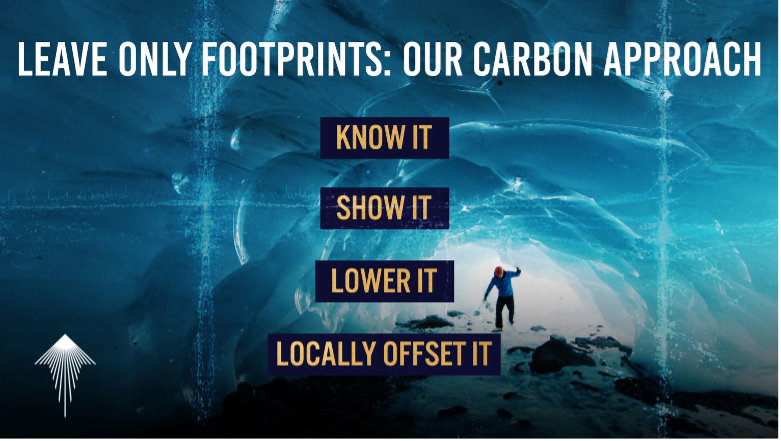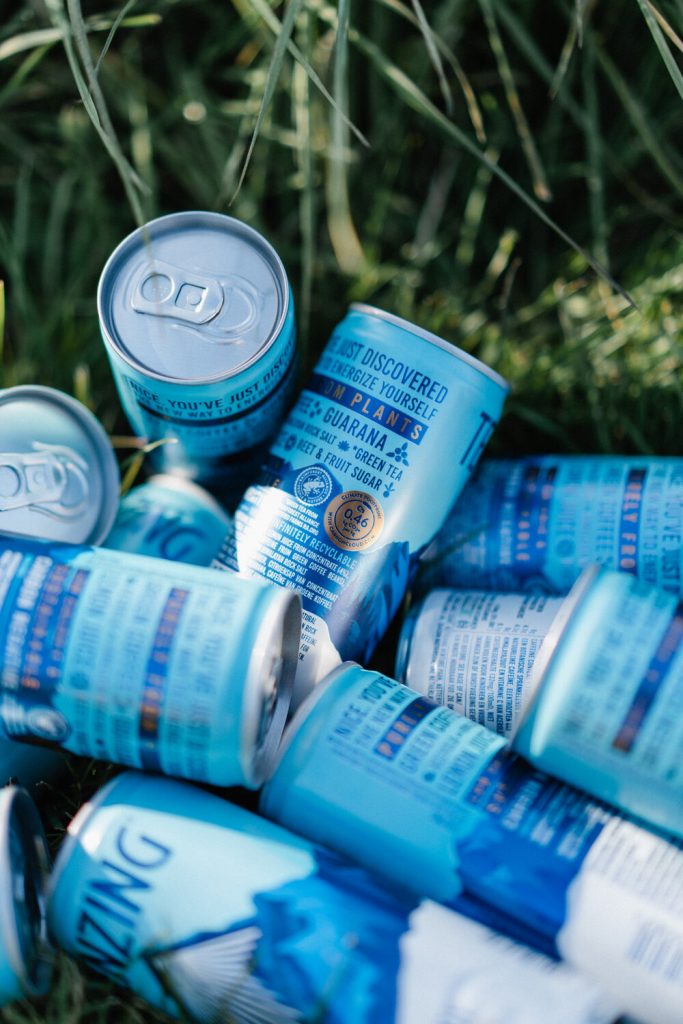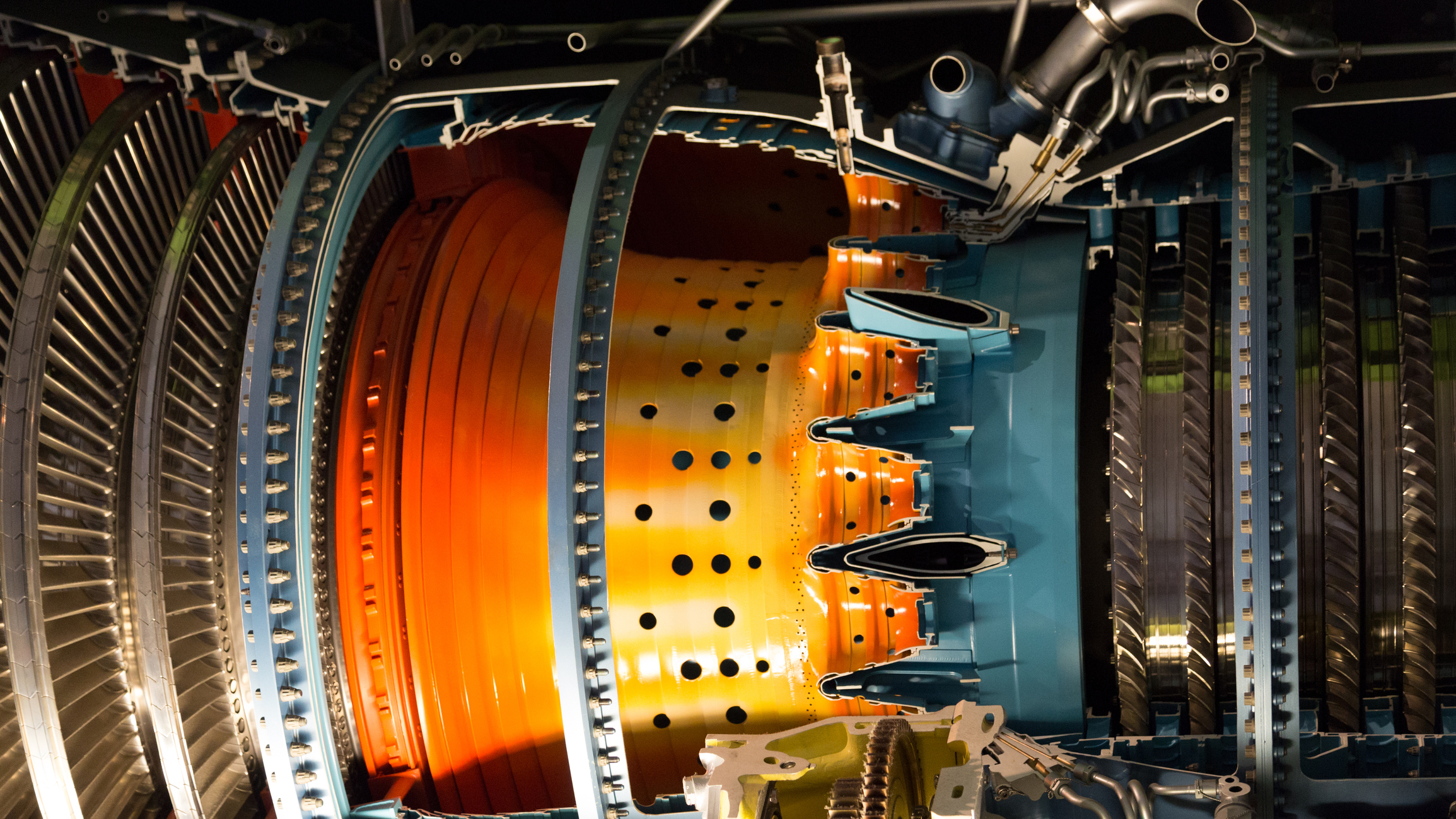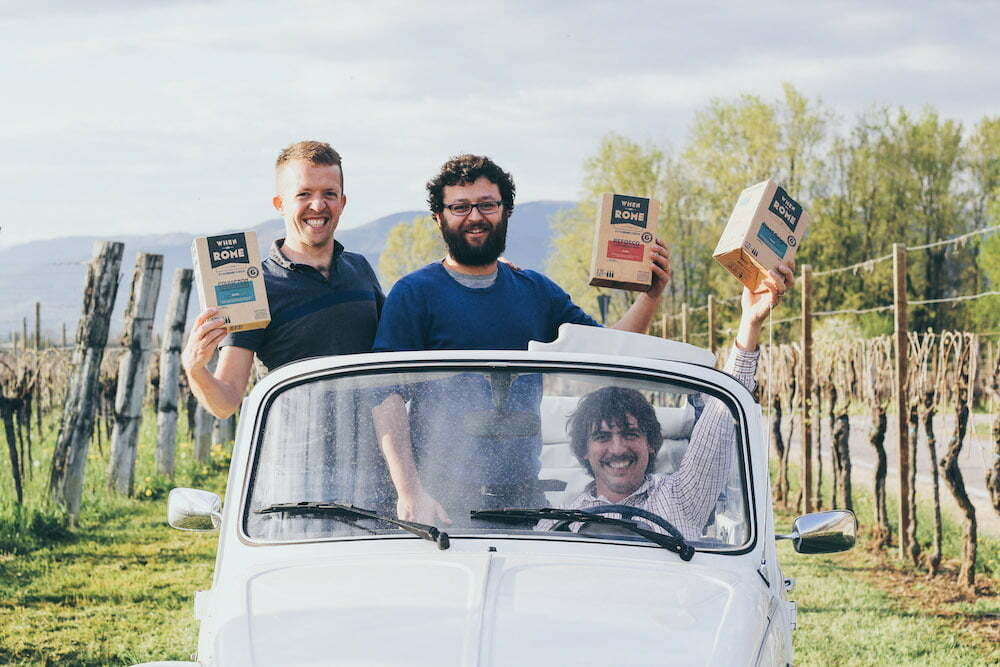From top to can: TENZING’s climate transparency climb
Traditionally, when people hear ‘energy drink’, they think of stunts with explosions, race cars, screaming faces, tons of sugar, chemical, and a poignant artificial flavor. Tense yet? Relax! TENZING has reinvented the energy drink – they are plant-based, they are better for the planet, and they are climate-transparent.
When TENZING started in 2016, they set out to create a new kind of energy: natural, plant-based, and climate-friendly. Much like TENZING Norgay, whose name graces the brand, they were standing as an underdog amongst the giants. Today, TENZING is an established choice in the UK and growing strong in the USA, Spain, and the Netherlands. Their community is strong of young adventure seekers, lovers of the outdoors, innovators who take care of their health, their bodies, the planet – and unafraid to make noise about their values.
We spoke with Emily Gander, Head of Communications and Sustainability at TENZING, and we discovered just how unafraid the company is with their climate strategy – and how much that pays off.
A climate wakeup call
Like most lightbulb moments, a collective discovery led TENZING to invest more into climate action. The TENZING team are avid runners, cyclists, and London citizens. In 2018, they came across a study by Kings College London concluding that exercising in a polluted atmosphere significantly reduces the benefits of exercise. Naturally, the team were shocked and set themselves the challenge to do something about it. First, they created Clean Air Tracker, an app that helps athletes find cleaner air in London. With over half a million activities recorded, that is the first mark on TENZING’s track record of success. But how did TENZING go about addressing their production part in the emission pie?

We’ve been tackling air pollution in London since 2019, but we hadn’t been tackling our own emissions. We started to calculate our impact and figure out how we can minimize our effect and thought, if we’re transparent about the ingredients in our products, why not do the same for our climate footprint too? Products have nutritional labels telling you everything that’s in a product, so why wouldn’t you have a climate footprint label to tell you the same?
Emily Gander
Head of Communications and Sustainability, TENZINGNevertheless, apart from TENZING’s value investment in climate footprinting their products, Emily also gives us the pragmatic side of things: TENZING wanted to have a head start to prepare them for the legislative standards they predict coming into play in the food and beverage industry.
Some brands will really struggle when regulation arrives as they will have never looked into their climate footprint before. This is why we wanted to educate ourselves, get ahead and be a leader in this space. That’s why we started working with CarbonCloud because we believe carbon labels are the future. Big brands are hiding behind not having to showcase their footprints will continue to do so until regulation comes into play. We decided, instead of seeing it as a scary number, to see it as an opportunity to take action and commit to making change.
Newsletter to-go?
Our special today is our Newsletter, including snackable tips, hearty climate knowledge, and digestible industry news delivered to your inbox
Turning climate transparency into reality
Talking to Emily, we have some guesses about what is triggering TENZING’s success: Namely, their rare ability to be fueled by their mission and translate their big dreams into reality. So how did the journey to the climate footprinting dream go? We asked Emily what the biggest challenge was and while the answer was expected, the outcome was not:
The biggest challenge was getting all the data from our suppliers because at the time it was very new to them, required a lot of time and they couldn’t see the benefits. But after a while, the communication shifted to: “I’m so sorry it took so long to gather your climate footprint data; we have now had two requests from other businesses to do the same so next time everything will be a lot easier“.

Once you have your climate footprint analysis laid out in front of you, there are bound to be some unexpected aspects. As Emily tells us, their range of natural energy drinks uses plant-based ingredients from all over the world – with everything shipped by boat. Emily describes that, even with their ship-only policy, she was expecting a bigger transportation impact than was the case. The surprise really came when the packaging analysis came through:
Aluminum is 100% recyclable and has the benefit of a circular economy. As a result, there is a very high demand for it and a scarce supply of recycled aluminum. So for the time being, we are currently using 50% recycled and 50% raw aluminum. When we started doing our CarbonCloud analysis, we noticed that the 50% raw aluminum content had a high level of emissions attached to it which came as a total shock. But, now that we are aware of this, we have been able to put a plan into place to reduce our raw aluminum content – the benefits of climate footprinting coming to life!
Internally, it makes us a better company: it makes our supply chain as climate-efficient as possible.
#ClimateGoals
In the beginning, the shock of their packaging emissions was difficult to share, but true to their commitment to transparency and improvement, TENZING turned this result into a new goal:
This result has made us committed to upping our recycled content. So, our mission is to use 70% recycled aluminum in our cans by 2023.
Upping the use of recycled aluminum, however, was not the only commitment. TENZING have already taken action to lower their climate footprints even further and changed their production site. Emily walks us through:
We used to produce in the Netherlands and transport to the UK – that was obviously a big factor contributing to our emissions, so we switched! We have now deployed a domestic supply model, where we produce our British cans in the UK domestically and our Dutch cans in the Netherlands.
So, what are the results of being transparent about their climate footprints? Internally in the company and externally, amongst their retail network and within their community?
Internally, it makes us a better company: it makes our supply chain as climate-efficient as possible. It has also given us additional conversation points to identify us from other brands. From a retail perspective, everyone has been incredibly positive and responsive: They want to do more activations and campaigns with us because they’re looking at it being the future too.
Since their analysis, TENZING have a 4-prong approach to climate footprinting and they are ready to share it with the industry: Know it, Show it, Lower it, Locally offset it.

So, if you are wondering where to kick off your climate strategy, ‘Knowing it’ is a great start…
KNOWVEMBER is coming
To amplify the ‘Know it’ message, TENZING and CarbonCloud are launching KNOWVEMBER: an awareness month encouraging people to only choose to shop brands that know their footprint and inspire other brands to start their footprint ring journey. We’re aiming for this initiative to make some timely noise on climate transparency in line with COP26. Moreover, the campaign includes exciting initiatives to engage consumers with climate footprints, such as a pop-up store on Rivington Street in Shoreditch, London with every product bearing its climate footprint! What was the thought behind it? Emily reveals:
We want to encourage as many other brands to – at least – take responsibility for their climate impact. A lot of businesses communicate that they are carbon neutral but if you are not clued up, you don’t realize that for most, that doesn’t include anything from the supply chain. This is why we did our climate footprints with CarbonCloud – to be as transparent as possible and enable us to take the next step in our 4-step approach: lower it. The pop-up store is open for all, and anyone can come down and learn a bit more about climate transparency, how it’s affected us as a brand, helped us grow, respond, and put commitments in place.
Hey Emily! What would you say to the food industry if you had an open floor? (Buckle up!).
Everyone should be doing this! If you don’t know your footprint then you’re doing something really wrong.
Don’t be afraid of what the results are! We had no idea what our footprint would be; there were no benchmarks out there. But, you will see, it is so worth it. Consumers and retailers just respect the honesty – transparency goes so far. This is why we did our climate footprints with CarbonCloud – to be as transparent as possible and enable us to take the next step in our 4-step approach: lower it. The pop-up store is open for all, and anyone can come down and learn a bit more about climate transparency, how it’s affected us as a brand, helped us grow, respond, and put commitments in place.
KNOWVEMBER 2021 was a blast! Wanna read about it? We cannot wait for KNOWVEMBER this year. See you in London!
Related Posts
Under the hood of Automated Modeling: It’s not magic, it’s just appropriate
At CarbonCloud, our goal is to solve the climate crisis by highlighting data-driven, impactful emissions reduction decisions for the food and beverage industry. Automated Modeling is the launchpad f
Unboxing climate footprinting with When in Rome
This fall, When in Rome became the first wine brand in the UK to go public with their climate footprint. The wine brand set out to redefine bag-in-box wine – and they have good reasons for doing it.
Can the food sector reach Net-Zero?
Net-zero seems to be the ultimate goal for the food sector – and the whole world for that matter. Pledges, commitments, targets live proudly on corporate websites and net-zero is now a long-term KPI
Cérélia: High experience standards, one recipe switch, and a 30% reduced climate footprint
Cérélia is a global leader in fresh dough and ready-to-eat pancakes headquartered in France but expanding globally, in both production and distribution. Cérélia has 12 factories in total, 9 in Eur







